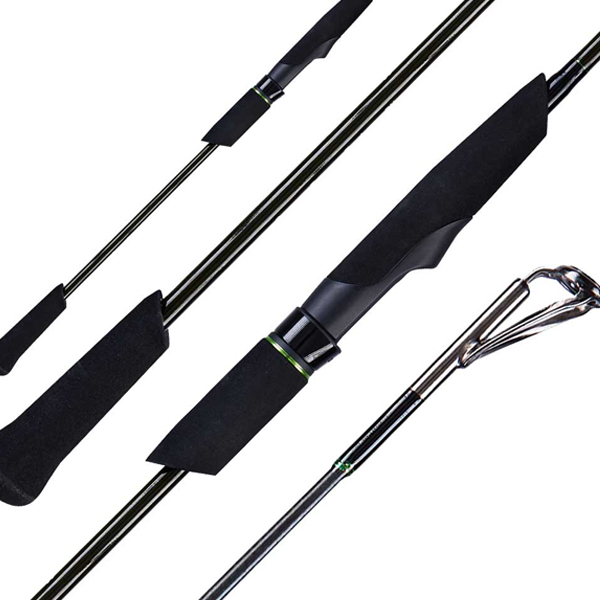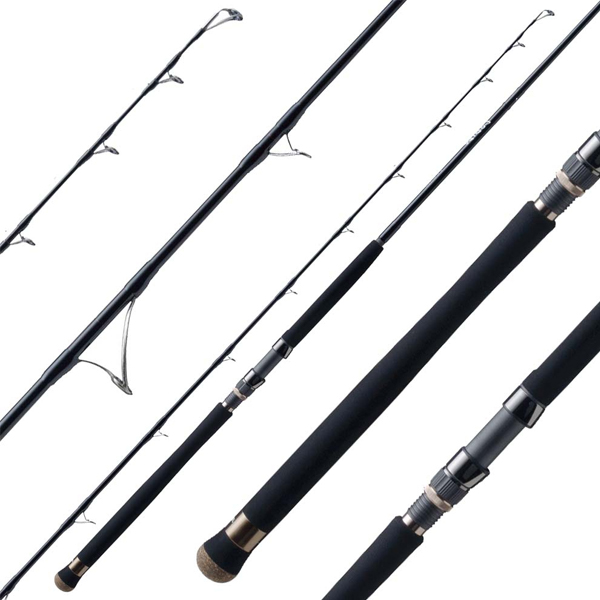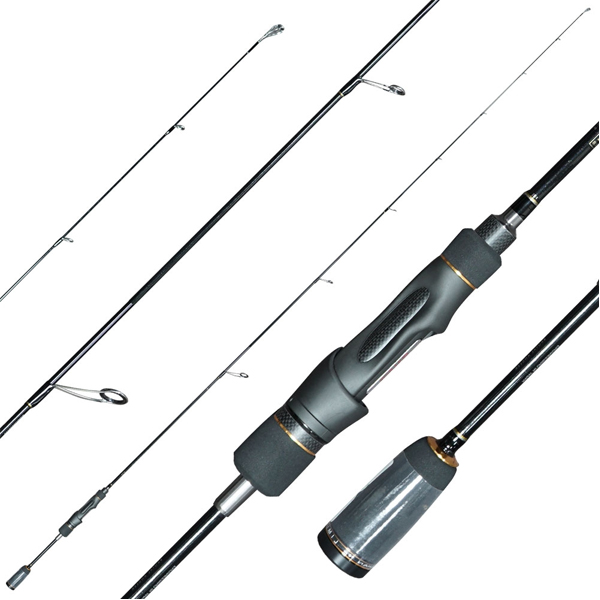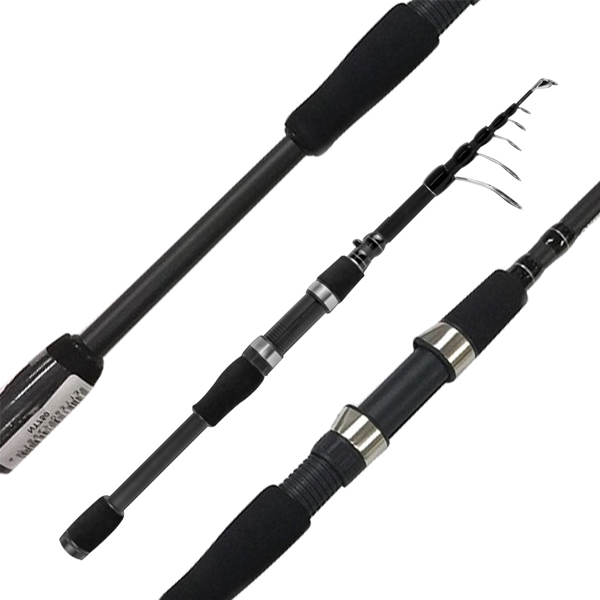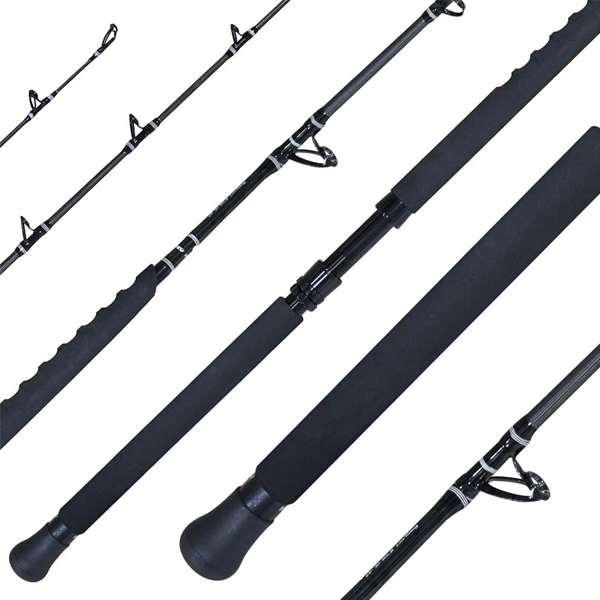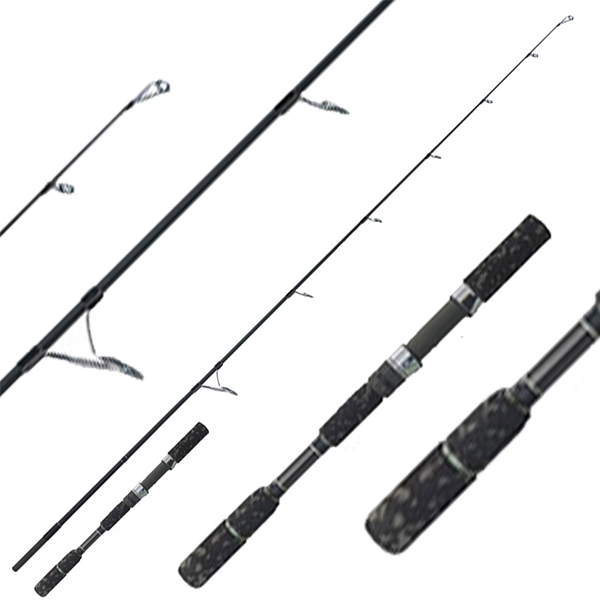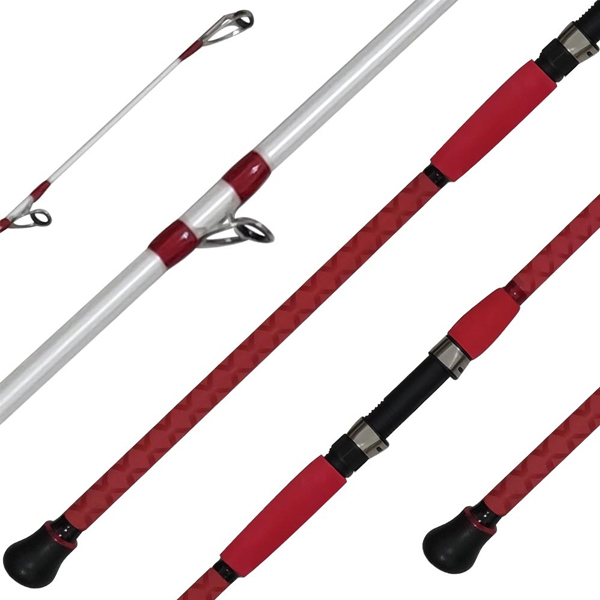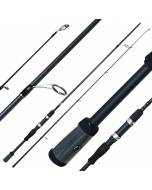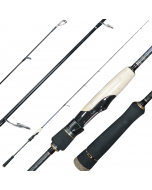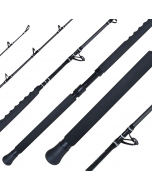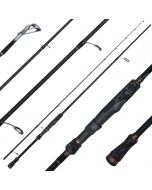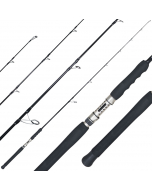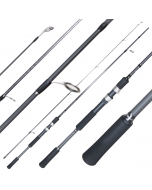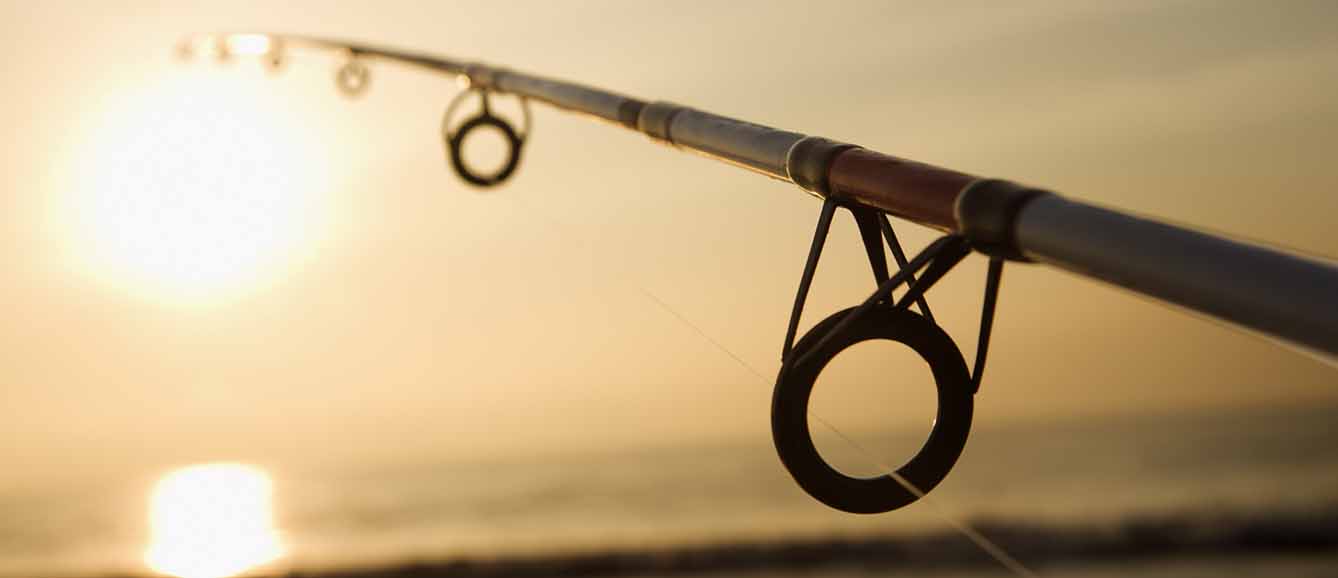
If you are planning to get started with fishing, you will have to choose the right fishing rod. The fishing rod is the foundation of fishing and is sometimes even more important than your skills (or luck). But when you go through a list of the best fishing rods for sale and fishing equipment near me, you probably feel very confused about which one will be the best for you.
The right fishing rod will increase your chances of success to a great extent, so you absolutely should not make any haste with the choice. In this article, we will help you in understanding different kinds of fishing rods and help you choose the right one.
What are the different types of fishing rods?
There are many types of fishing rods for many different purposes. Some of the best fishing rods are mentioned below:
If you are interested in inshore jigging, a type of fishing style where you cast heavy lures called jigs, you will need a particular rod for it. Rather you have to find one that suits you and the size of the fish you want to catch the best. The jigging fishing rods are usually shorter in size but with longer handles, and the flexibility will also be high.
However, there are also jigging rods available for shore jigging, which are long in size. For example, Daiwa jigging rods specialized for cast-and-retrieve styles can be almost 10 feet in length. Depending on the type of jigging (speed jigging or slow-pitch jigging), you should select the reel type, line, and drag accordingly for the rod.
The rod power should also be high as it will have to withstand a lot of pressure, and the feedback will also be great. Shimano fishing rods and Daiwa fishing rods can be your top choice if you're looking for jigging rods manufacturers. You have to pair up the jigging rod with a suitable reel.
The casting fishing rod has a reel seat that positions a spin cast or bait cast reel above the rod. As a result, all the rod guides face upward. There are long casting rods with straight handles which are designed for power fishing bass tactics.
You can also use them for trolling or surfcasting for large fish and strong saltwater fish. These rods will usually have larger rod guides to handle the heavier line of bait cast reels.
This is for casting lightweight lures accurately over shorter distances. Since they are ultra-light, you will be able to have good control over them. The feedback is amazing with these. Okuma fishing rods are the best for this.
If you want to try catching small and lighter fish in relatively shallow waters, an ultra-light fishing rod will be the best choice for you. You can try targeting fishes like panfish, trout, and perch in places like creeks, ponds, or the shallow corners of the lake. The best length for these types of rods would be within 5 to 6 feet.
A telescopic fishing rod is not typically ideal for getting huge catches, but if you pair it up with a high-end reel, you can easily catch a large, heavy fish that fights a lot. It is a great choice to take with you when you go hiking and camping, and you can expect to catch fish like trout, bass, crappie, walleye, and such.
This is because these rods are small and can easily fit into your backpack.
You can also take telescopic fishing rods with you to the oceans for catching sharks, tarpon, and salmon. You can also use them for deep-sea fishing.
These rods are typically made of either fiberglass or graphite and are considered highly specialized rods used for trolling open water from a boat. These rods can accommodate various types of lines, baits, and lures dragged behind a moving boat so that you can target a multitude of freshwater or saltwater species.
Typically, one or two-piece trolling rods are much thicker and heavier than other fishing rods, as they need to withstand a lot of pressure by the boat’s pull. They can pair up only with trolling reels and conventional reels.
Many anglers use spinning rods for jigging, so you can also try it out by pairing spinning reels with it. A spinning rod is a type of rod that holds the spinning reel under it while the rod guides facing downward. So, suppose you are fighting a fish. If you use a spinning rod, the force of the line pressed against the eyelet will push away from the rod blank and land you a big fish pulling the eyelet off the rod.
These rods come in a variety of lengths and actions, so choose them according to the type of fish you want to pursue. For example, a short ultralight fishing rod or light action spinning rods with a thin line will be best for trout or panfish.
These types of rods are for those who want to try out fishing in the saltwater or the brackish waters along with the coastal areas and bays off the shore. Since this type of fishing requires you to fight the waves of the sea by making long casts over the waves and into the crashing surf, they are usually very long. Surfcasting rods will be about 15 feet. It's best to pair them up with spinning reels or conventional reels.
Surfcasting rods also have fixed reel seats to secure the reel for both casting baits and lures. It also works great when fighting hooked fish. Because surf fishing conditions change with location, you must be sure to use line and tackle with the correct weight for your targeted species.
What are the prime factors of choosing a fishing rod?
There are a lot of things you will have to consider and take into account when you choose a fishing rod for yourself. Being familiar with them will help you out a lot. Let's check out these factors:
- Length: The first thing you need to decide for your fishing rod is its length. A fishing rod can be 4 to 14 feet in length, so you might be in a dilemma about which one to choose. Remember that the longer the rod is, the farther you will be able to cast the fishing rod. The shorter it is, the more limited you will be when it comes to distance.
On the other hand, the longer the fishing rod is, the less control you will have after casting the fishing rod. And the shorter it is, the better control you will have of it. Depending on the location and the kind of fish you are looking to catch, the length of the rod should be chosen. Usually, a 7 feet fishing rod is recommended for newbies.
- Action: Rod action determines where and how much your rod will bend, which depends on the rod’s shape and material. This is actually an important determinant factor of your fishing pole's performance, so don't take it lightly. There are three kinds of rod actions- slow, medium, and fast.
The slow or light action rods can bend all the way to the butt, the medium rods bend in the top half of the pole, and the fast or heavy actions bend right below the tip at the uppermost part. The slow one is best for smaller fish, the fast one for heavy fish and the medium one allows more versatility and lets you go for all sizes.
- Material: Fishing Rods are usually made of three types of materials — fibreglass rods, graphite rods, and a mix of both called composite rods. It might seem like the material of a rod is not particularly important, but it affects the performance. For example, fiberglass rods are affordable, highly durable but can be quite heavy.
Graphite rods can work as a suitable lighter alternative. These rods send good feedback, so they're fun to use, but they're also quite brittle. The most popular choice these days is the composite rod which has the good traits of both the previously mentioned ones. They're durable and flexible while also being lightweight and sensitive.
- Power: Power determines your rod's capability of withstanding pressure. So it's quite obvious that a heavier fish will require a more powerful rod and vice versa. Hence you will need to use heavier lines with heavy rods and lighter lines with light rods. If the rod is heavy, but the line is light, the line may easily snap.
On the other hand, if the rod is light, but the line is too heavy, the rod might snap. Rod power can be of different types. For example, Ultra Light, Light, Medium, Heavy, and Heavy and Ultra Heavy. The ultra-light fishing rod is usually a popular choice.
- PE Rating: The PE rating for a rod is the indication of its strength, as in, how heavy or light the model is compared to other rod models. The PE rating will be different for different types of fishing styles. For example, if you want to do slow pitch jigging, a PE rating between PE1.0 to PE2.0 is recommended.
- Handle: The handle is the place where you will hold the pole, as the name suggests. Longer handles are recommended if you want to make longer casts, as you will be able to use both your hands to manage the load. On the other hand, shorter handles are for the comparatively shorter casts. For a comfortable and durable grip, the handles are usually made from cork or EVA foam. Split grip handles and pistol grip handles are popular among fishers, and they serve different purposes.
- Reel Seat: The reel seat is basically the area where your reel will be rigged by sliding the reel foot into the collars. This will help in tightening the collars to prevent the whole setup from being wobbly and unstable. Your angling setup should always be solid from top to bottom, and choosing the appropriate reel is the only way to ensure that.
- Blank and guide: The blank is the main shaft portion of your fishing rod, while the circular pieces the line is threaded through are the guides. Guides, which are made from plastic, metal, or ceramic, are there to allow more control and firmness for your fishing rod. It is usually attached to the rod's windings.
- Ferrules: If the fishing rod is collapsible, it will have two ferrules. One is called the male ferrule, and the other is called the female one. This is the area where the rod will shrink to a smaller size when you pack them for a trip, and also the area where it will come together when you're ready to fish.
Hopefully, now it becomes easy for you to decide which fishing rod is perfect for you. So, enjoy fishing.
Click Here to see all fishing rods on Marine hub.



